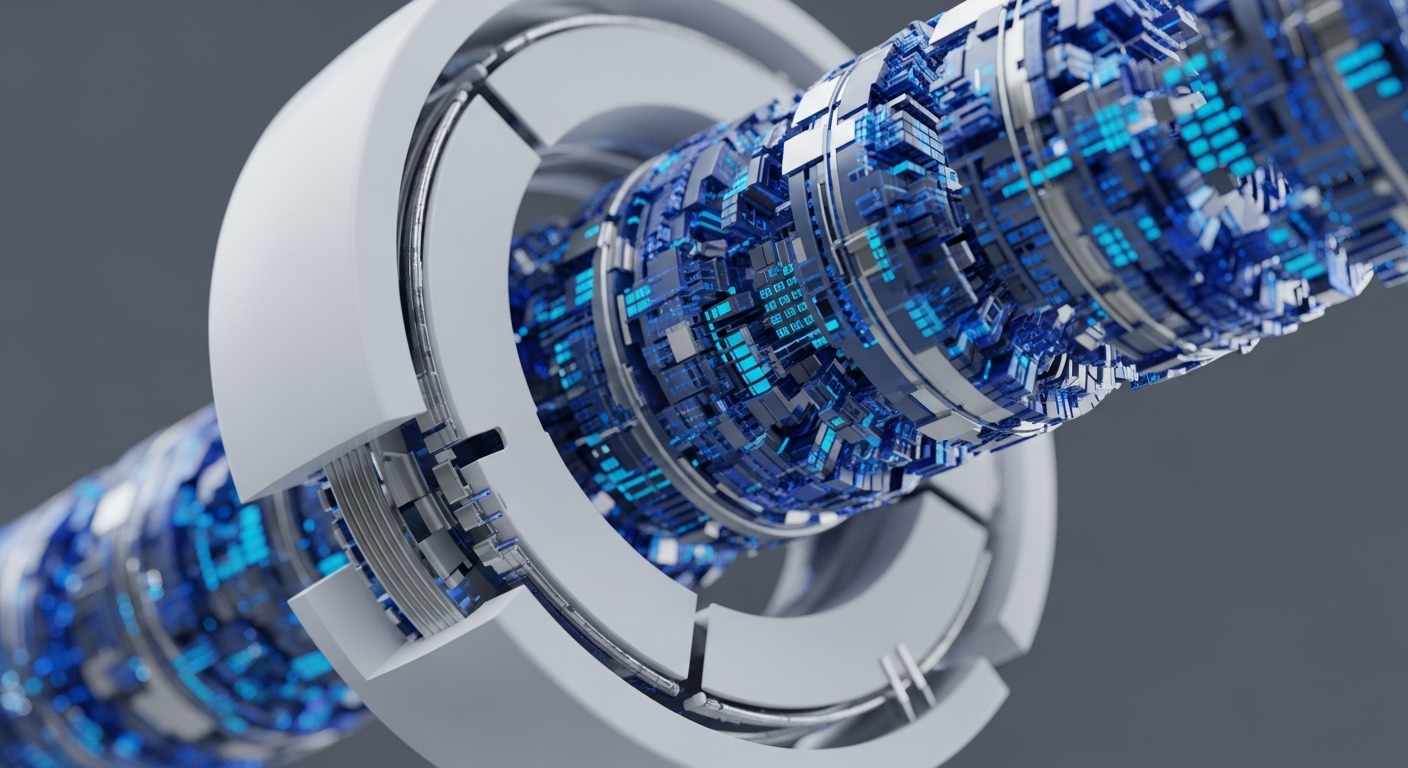
Briefing
The ZKsync Era Atlas upgrade has fundamentally re-architected the Layer 2’s performance profile, immediately translating into a significant Total Value Locked (TVL) rebound and a massive increase in theoretical network throughput. This strategic infrastructure shift directly lowers the barrier to entry for high-frequency dApps, such as gaming and derivatives, by cutting transaction fees by over 90% and reducing finality to near-instantaneous speeds. The immediate market response saw ZKsync Era’s Total Value Locked climb 20% from $500 million to $600 million, signaling renewed developer and user confidence in the platform’s scaling roadmap.

Context
Before the Atlas implementation, ZK-rollups faced a significant trade-off ∞ superior security and capital efficiency were often offset by higher transaction fees and slower finality compared to optimistic rollups. This friction created a product gap, specifically hindering dApps requiring low-latency, high-volume user interactions, such as order-book decentralized exchanges or mass-market Web3 games. The prevailing user experience was one of occasional cost-prohibitive transactions, despite the underlying technological promise of zero-knowledge proofs.

Analysis
The Atlas upgrade alters the core settlement system by optimizing data compression and proof generation, enabling a theoretical throughput of up to 30,000 transactions per second (TPS). This architectural change is the cause for the massive fee reduction, which is the key variable for end-user behavior. Lower fees enable a new class of micro-transaction-intensive applications, making on-chain actions economically viable for the first time.
Competing protocols must now respond to ZKsync’s new performance ceiling, especially regarding finality, which has dropped from three hours to one second. This near-instantaneous finality is a critical competitive advantage, as it removes a major latency friction point for cross-chain composability and high-speed trading applications.

Parameters
- TVL Rebound ∞ $600 million. Represents a 20% increase in Total Value Locked post-upgrade, against a declining Layer 2 ecosystem trend.
- Transaction Speed ∞ 1 second. The new finality time for transactions, down from three hours.
- Max Throughput ∞ 30,000 TPS. The theoretical maximum transactions per second post-Atlas upgrade.
- Transaction Fee Reduction ∞ Below $0.0001. The new cost per transaction, down from $0.0013.

Outlook
The immediate strategic outlook centers on ZKsync’s ability to capitalize on its new performance primitive. The next phase involves aggressive developer acquisition, leveraging the low-cost environment to bootstrap a new wave of high-volume dApps. Competitors in the Layer 2 space, both ZK and Optimistic, face pressure to match the one-second finality and sub-$0.0001 fee structure. This new ZK-rollup performance baseline becomes a foundational building block, enabling the creation of fully on-chain applications that were previously restricted by the Ethereum ecosystem’s economic constraints.

Verdict
The Atlas upgrade is a critical inflection point, validating the ZK-rollup thesis by delivering a step-function increase in performance that redefines the economic viability of the Ethereum application layer.
